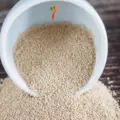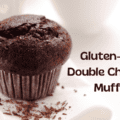A gluten-free diet can limit what you can and can't eat. However, limiting certain foods also means trying out others.
Today, it's time to learn about another drink loved by many – kombucha. In this guide, find out everything you need about kombucha as a gluten-free dieter.
What is Kombucha?
Kombucha may not be that well-known of a drink, which is why you might be hearing about it for the first time. If that is the case, there is nothing to worry about because we have you covered.
Kombucha, in short, is a sweet-and-sour, fizzy fermented beverage. It has a unique taste that is hard to forget. It takes a few sips for someone to appreciate the complexity of kombucha's flavor.
The beverage is bright, brilliant, and effervescent. As compared to a soda, it is not as bubbly or thick, and neither does it taste as sweet.
Kombucha has three main ingredients. Tea, sugar, and SCOBY.
Primarily, green or black teas are used. But some people even use white tea to make kombucha.
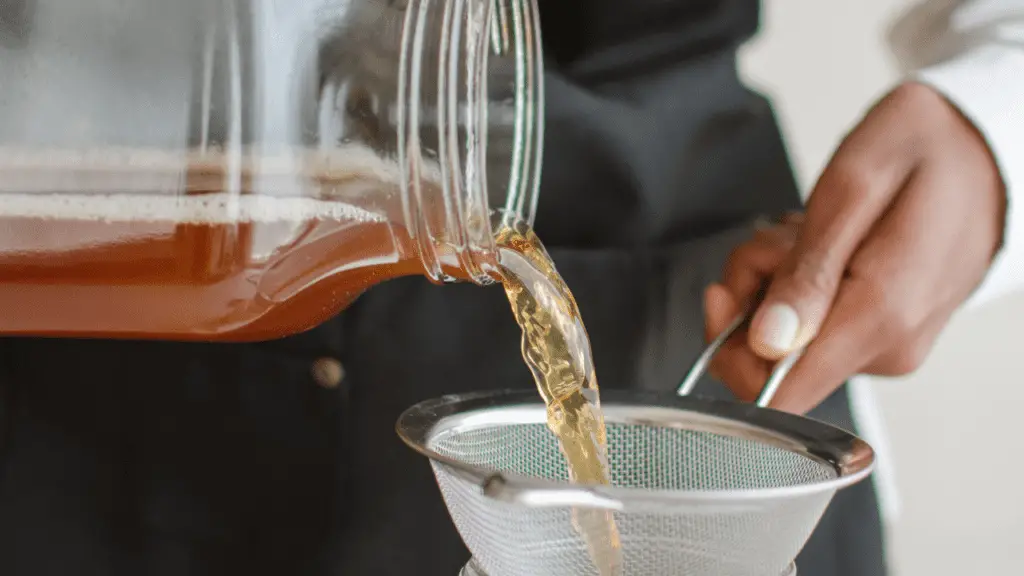
You may think that added sugar is responsible for instilling sweetness in kombucha. But that's not the case. We'll explain the use and fate of sugar when we talk about SCOBY.
The final ingredient, SCOBY, is a mixture of bacteria and yeast. SCOBY is a symbiotic colony of bacteria and yeast. When two different organisms live together, we call their relationship symbiosis.
You might be slightly put off or even scared that kombucha contains fungus and bacteria. But not only is this drink wholly and entirely safe to consume, but it also tastes delicious.
You will get hooked on it once you try it. There are even several health benefits of kombucha. Since it contains bacteria, it is an excellent source of probiotics. It also has several antioxidants that aid the body in numerous ways.
The yeast in the SCOBY utilizes the sugar and eventually produces a new fresh SCOBY. If you make kombucha yourself, you'll find a new layer of SCOBY once the fermentation is complete.
Moreover, you'll even notice nebula-like specks of yeast floating around. But, if you buy commercially prepared kombucha, it will be free of this pulpy matter.
If you remember 9th-grade biology, you'll know fermentation produces carbon dioxide and alcohol. For this reason, kombucha is fizzy and contains a tiny amount of alcohol.
The drink is not brewed to be intoxicating but has a very minute percentage of alcohol because of the fermentation.
If you're wondering how to get your hands on SCOBY, you can ask a friend who's already brewing kombucha.
Every time they prepare a new batch, they get a fresh set of SCOBY. You can even buy it from a store or order from Amazon here or here.
Does Kombucha Contain Gluten?
Now that we know what kombucha is let's get to the real question. Does kombucha contain gluten?
We just discussed the main ingredients used to make kombucha, i.e., tea, sugar, and SCOBY. None of these ingredients are a source of gluten or prepared from a source of gluten.
Gluten is mainly found in wheat, rye, and barley. So, it is safe to say that pure kombucha is gluten-free.
But it can only be said that some kombucha is gluten-free. Many commercialized products are contaminated with gluten. The tea and sugar are always gluten-free. Confusion arises over whether the SCOBY is gluten-free or not.
Not all brands use the same type of yeast. Although it does not contain gluten inherently, it is propagated in labs using various substrates.
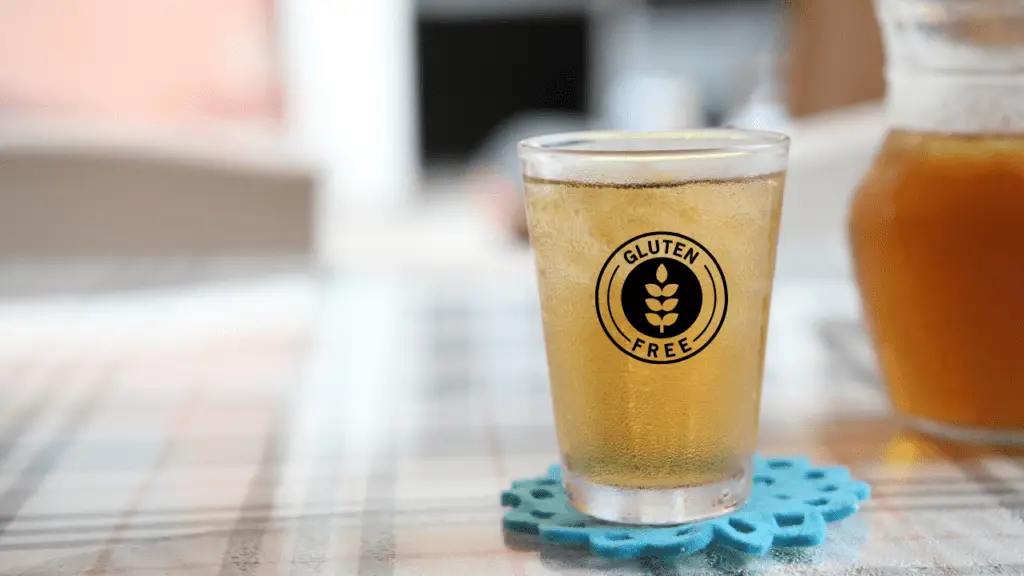
Sometimes, the substrate used for propagation is a source of gluten. For instance, baker's yeast, instant dry yeast, and nutritional yeast are gluten-free.
On the other hand, brewer's yeast and autolyzed yeast extract are propagated on barley and, for this reason, contain gluten.
Also, some companies make bloody mary kombucha from soy sauce or kimchi brine. Some brands even make kombucha beer, which contains barley and is a source of gluten.
Hence, it is unsafe for a celiac patient to drink any commercially produced kombucha. But it does not mean that a celiac patient can't have kombucha. 2 remedies can ensure that your kombucha is not contaminated by gluten.
Firstly, buy from a certified gluten-free brand. Here is where you want to do your due diligence, read the labels, and research. Or we have compiled a list of several gluten-free brands discussed in the subsequent section.
Secondly, you can make kombucha at your home. All you have to worry about is getting your hands on gluten-free SCOBY. Other than that, your recipe will be good to go.
We have also mentioned a gluten-free recipe to make kombucha in one of the upcoming sections of this guide.
Gluten-free Kombucha Brands
The first step for a celiac patient is to find a gluten-free kombucha brand. To make it easier for you, here is a list of some of the best companies that sell gluten-free kombucha:
Health-Ade:
Health-Ade products come with a variety of health benefits along with flavors. The company's kombucha is not only gluten-free but is produced organically.
All their products are certified vegan, kosher, non-GMO verified, and extremely tasty. And to top it all, the company composts the entire waste. Their Pink Lady Apple is a fan favorite, but you can also try bubbly rose, cayenne cleanse, or blood orange-carrot-ginger.
Wonder Drink:
As discussed earlier, celiac patients could do well with extra prebiotics in addition to probiotics. Those at Wonder Drink also realized this and started the only brand that makes kombucha with prebiotic organic fiber.
The red (Prebiotic) and yellow (Prebiotic Plus) can contain a fiber that nourishes only the good bacteria in our gut. Why not enjoy their variety pack and become a fan right after the first sip?
Humm Kombucha:
If you have celiac disease, it is safe to have Humm Kombucha. The brand ensures that none of its products are contaminated with gluten. The company's mixed berry is refreshing and has won customers' hearts.
Moreover, the product is also organic and vegan. Although the kombucha is best served cold, you can try it however you like. Some customers have even enjoyed it in a mocktail.

GT'S:
The company's founder, GT Dave, started selling homemade kombucha to local stores at age 15. Slowly and gradually, his business expanded. Now, the brand isn't just popular among the citizens of the US but is well-admired and loved across the globe.
The company's organic & raw kombucha is gluten-free and tastes fantastic. Sip one in the morning and let it help you start the day.
KeVita:
Pepsi owns KeVita, and if you visit Pepsi's website, you'll find that all KeVita beverages are gluten-free. Not only that, but they are also USDA Certified organic, vegan, and non-GMO Project Verified.
A bottle of the brand's bold and smooth pineapple peach master brew kombucha will significantly boost your energy levels. This brand's only potential drawback is its highly caffeinated products.
But, if you're a regular coffee drinker, you can replace your cup of Joe with KeVita's master brew kombucha.
Brew Dr.:
Brew Dr.'s owner had initially started a teahouse. He devised a flavorsome recipe for kombucha that became an instant fan favorite. Seeing how big a hit the recipe was, he decided to bottle it and sell it under the name “Brew Dr.”.
The owner has maintained the taste of the kombucha, if not raised it a notch. Not only is it certified gluten-free, but it is also USDA Certified organic, certified kosher, and non-GMO verified. The company's Clear Mind is a must-try.
Recipe for Making Gluten-Free Kombucha
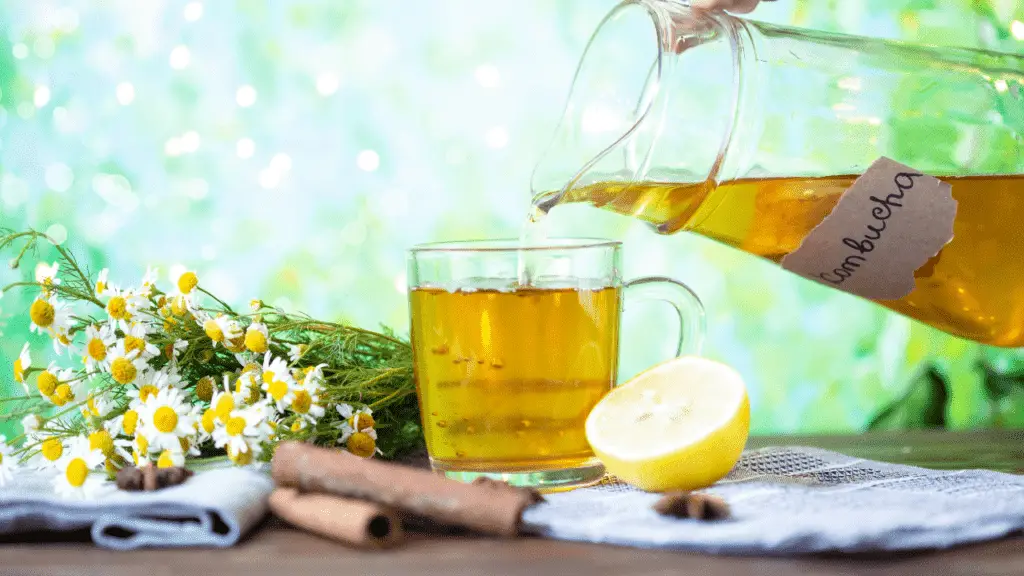
Now, let's get to the second solution. If you make your kombucha from scratch, you'll know all the ingredients and make sure it's gluten-free. To help you out, here is a recipe for gluten-free kombucha that you can make at home.
Yield: 1.5 liters
Ingredients:
● 1 tablespoon loose-leaf black tea or 4 tea bags (you can use English Breakfast)
● ½ cup / 100g raw sugar (use organic if in the US to make sure it's vegan)
● 1 SCOBY
● 1 cup starter (the liquid that comes with the SCOBY)
Instructions:
- Boil 7 cups of water.
- Put the sugar and tea in a large bowl or a jug.
- Once the water has boiled, pour it into the bowl or jug and blend it well. Ensure all the sugar is dissolved while the water is still hot.
- After 10-15 minutes, take the tea out. A helpful tip: Leave it in the container until it cools completely. Doing so will give the kombucha a more robust flavor.
- Once the mixture is completely cooled, pour it with the SCOBY and starter into a new jar or a jug. Make sure the container can be easily sealed using an elastic band and a muslin cloth.
- Some helpful tips: If the mixture is left in an excellent spot, there is a risk for the kombucha to get moldy. Put the mixture in a warm place but not under direct sunlight. A kitchen bench or shelf can be a great choice. Moreover, avoid moving the combination after placing it so the SCOBY can perform its action with the starter.
- Leave the mixture as it is for 7-10 days. A helpful tip: This period is to allow the fermentation to take place. If the weather is cold where you live, it will take longer for the fermentation. So, in the winter, leave the mixture for 2-3 weeks.
- During this period, a new SCOBY appears on the top of the mixture. You can store this SCOBY for future purposes, sell or gift it to someone, or throw it in the waste basket.
- Once the fermentation is complete, separate 1 cup of the starter and the SCOBY into a jug. The remaining part is the kombucha you've just made.
- Bottle the kombucha and leave it for a day or two to fizz it up. A helpful tip: Make sure you burp the jar so some gas build-ups are released.
- Put the bottled kombucha in the fridge until it is cooled.
- Serve and enjoy!
- You can even keep the kombucha in the fridge for a month.
Some helpful tips:
● If white, black, or green patches or spots start to form at the top, your kombucha has gone moldy. There is no point in reviving or saving the recipe, as the mold will have spread throughout the mix. Throw the entire mixture out and start from scratch again. For this reason, you should store some of the newly forming SCOBY.
● If the batch of kombucha tastes too sweet, store it for a long while, as it hasn't fermented enough. If it tastes too acidic, store it for a lesser period.
● Don't store the SCOBY or ferment the mixture in a metal container. The metal weakens the SCOBY over time.
● Avoid using wood or any woody utensil as it can absorb the flavor.
The process mentioned above will provide you with a batch of plain kombucha. But you can tweak the recipe and give the kombucha a different flavor. Just add a few ingredients after step 9. Then, continue the recipe from step 10.
For orange and ginger-flavored kombucha:
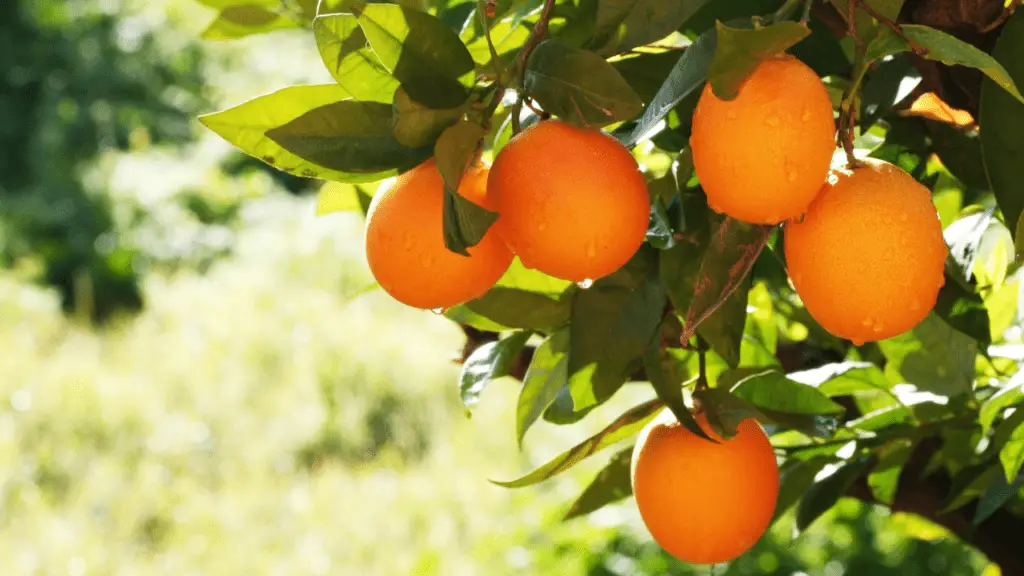
Add:
● Juice of two oranges.
● Thinly sliced 3-4 centimeters of ginger. A helpful tip: juice the ginger and add the liquid to give an intense flavor.
Strain before drinking if you don't want to chew on the ginger pulps.
For blueberry-flavored kombucha:
Add:
● 1/2 cup of frozen blueberries.
Strain before drinking if you don't want to chew on the blueberry pulps.
Final Take
Kombucha is gluten-free. Hence, you can add it to your breakfast or midday lunch. Besides, there are so many flavors to try that you'll never get bored of them.
Not to mention the range of benefits you get from drinking a cup of kombucha daily. Get your favorite gluten-free kombucha from a nearby store, or make a homemade version! What are you waiting for?



